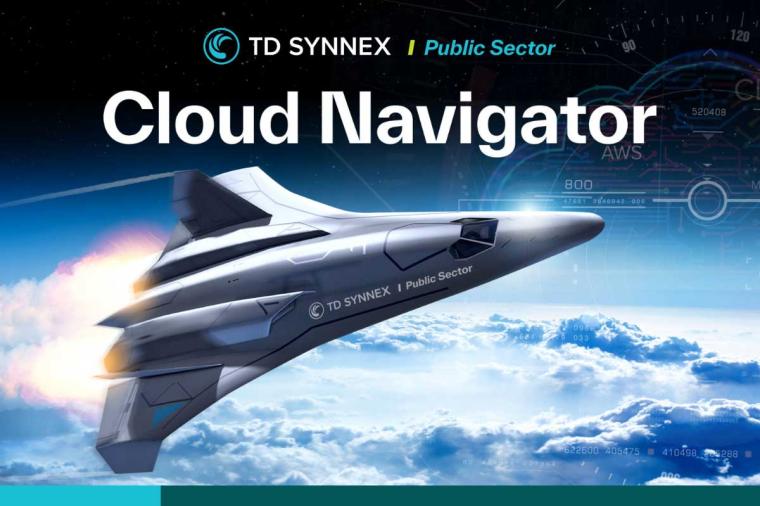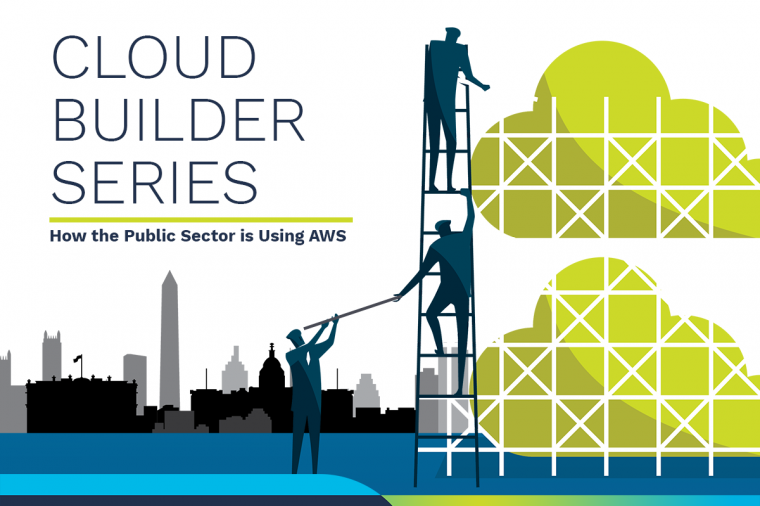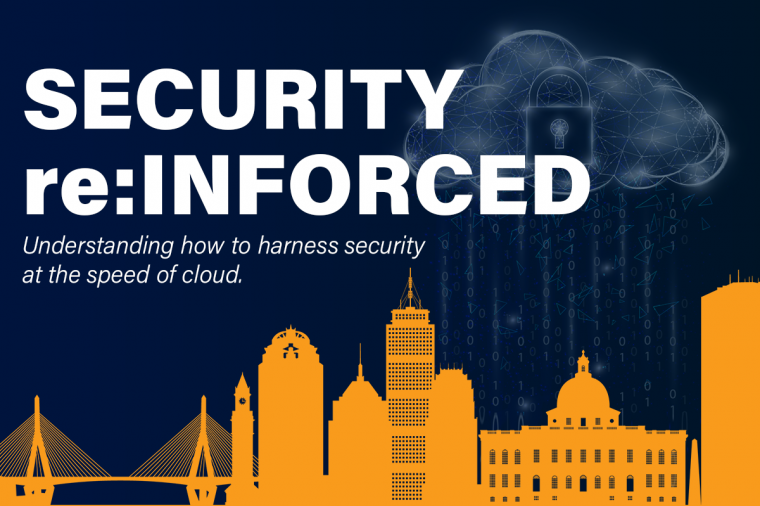Cloud First…or Second: Managing the Hybrid Data Center

Most agencies aren’t interested in competing in the Amazing Race to the cloud, but there’s no doubt that the government is starting to embrace the cloud. Drivers include the cost savings and the increased agility that cloud computing can provide. However, this movement towards the cloud frequently leaves today’s IT professionals tasked with managing applications in a challenging environment: the hybrid data center.
Although the experts predict rapid cloud adoption, no one doubts that agencies will continue to have a significant part of their daily operations tied to physical infrastructure and its processes for many years to come. The Cloud is for everyone, but not for everything. Rather than expend resources to re-architect applications for cloud deployment, IT teams will most likely “lift and shift” applications originally designed for traditional on-premises infrastructure to the cloud, creating a whole set of unique challenges and potentially confusing management scenarios.
In addition, although it’s true that cloud computing offers significant cost savings, increased agility and flexibility, and is an especially good test environment for applications, some of the cloud’s limitations can create notable friction points when an on-premises IT team looks to shift into the cloud.
For example, most cloud environments are designed to use commodity, low-cost hardware and are optimized for agility rather than uptime. With most cloud-service providers, the responsibility for uptime is in the customer’s hands, as they embrace a philosophy of “architect for failure,” recommending redundant, multi-region, self-healing deployments.
Without the proper research, an unsuspecting administrator might move a mission-critical workload to a cloud environment that is not designed to provide the level of uptime or security required, leading to a myriad of performance and data compliance issues.
Ultimately, unless it’s a brand-new application architected from the get-go to be cloud aware, administrators are essentially tasked with running an app in the cloud that was designed to run in a non-cloud environment and that has many of the same properties as one built for on-premises operation.
More importantly, because hybrid cloud is most likely a multiyear journey, more applications and more components of applications are likely to be moved to the cloud over time. So, the question of the day becomes, “How do I manage these applications using the same tools and methodologies as I am managing on-premises apps?”
To that end, there are several best practices that can be implemented to align the management of on-premises and cloud-based applications—and yes, these do involve a good dose of “cloudy thinking.”
Application and End-User Focus
Even in a hybrid environment and in relation to applications still running on-premises, there is an on-going trend to focus less on infrastructure components and departmental silos, and more on end users and the applications. Infrastructure serves only make the application work. Cloud infrastructure is ephemeral and dynamic.
To achieve some of the resiliency and flexibility that the cloud offers, administrators should note that in the cloud, servers are disposable—if one begins to fail or underperform, it’s time to kill it and bring in a new one. IT should also consider ways to implement shorter, more-iterative processes to allow teams to move faster, innovate, and serve the business more effectively. And it’s important to not forget that automation of code, deployments, tests, monitoring and alerts goes a long way to faster end-user servicing as well.
Collaboration
Whether an application is supported on-premises or being managed in the cloud, the ultimate objective is to provide the stakeholders with peak application performance, and as such, silos do not work. Today’s IT mindset should increasingly be that if an application is down, everyone is responsible. There is no database, virtualization or storage team. There is only the IT team, and they are responsible for the performance of applications. This approach requires transparency, visibility, a consistent set of tools and teamwork.
The opportunity is to align the entire IT team behind the same goals and metrics: maintaining application uptime and improving the end-user experience. Having a common goal increases collaboration and is likely to increase the value produced for stakeholders.
Research
Research should be a consideration for any IT team in the process of evaluating a cloud provider. Administrators tasked with managing hybrid environments must do sufficient due diligence with regard to a cloud provider’s processes, SLAs, recommended architectures and available capabilities. The good news is that GSA, in conjunction with NIST, DHS and others have done a lot of the work for you. The Federal Risk and Authorization Management Program, or FedRAMP, is “a government-wide program that provides a standardized approach to security assessment, authorization, and continuous monitoring for cloud products and services.”
These forward-thinking efforts will help make the move to a hybrid data center more seamless and ultimately affect how successful an admin will be when managing applications in the cloud.
Full-Stack Monitoring
Moving workloads to the cloud—even a few—does not happen in one day. In some cases, IT may move just parts of an application to the cloud. Regardless, a successful transition requires a reliable, full-stack monitoring system. To ensure optimal performance, everything should be tested, and the impact of every change known. The cloud allows more flexibility, more control and instant changes—all of which are reflected in your monthly bill. It creates a responsibility and an opportunity to optimize everything. When managing a hybrid environment, using a comprehensive tool provides visibility across the stack into the health of not only physical infrastructure and cloud environment, but also the performance of any application is critical for speed, collaboration and end-user satisfaction.
Although these best practices were born in the cloud, they are also useful when applied to traditional on-premises IT. Even in a “lift and shift” scenario, the goal of moving certain workloads to the cloud is that IT departments can begin using cloud-based principles and some of the newly available services more frequently, providing them with benefits that today’s “cloud native” players are enjoying. With these best practices in mind, administrators can begin to blur the line between management of on-premises and cloud-based applications, and ultimately allow for a faster, more agile government.
By Joel Dolisy, CIO, SolarWinds
















































